GuldenTrader Fee Calculator
Fee Estimator for GuldenTrader
Estimate your trading fees on GuldenTrader based on your monthly trading volume and trade type.
Estimated Monthly Fees
Note: GuldenTrader advertises 0.18% taker fee and 0.16% maker fee. These estimates assume standard fee tiers. For high-volume traders, actual fees may vary based on volume-based discounts.
Fee Comparison Table (2025)
When you hear the name GuldenTrader is a cryptocurrency exchange that markets itself as a low‑fee spot trading platform for retail investors, the first question is whether it lives up to the hype. In 2025 the crypto market is crowded, and a new entrant has to prove not just cheap trades but also solid security, clear fee structures and reliable support. This review pulls together everything you can verify publicly, highlights the gaps where information is missing, and shows how GuldenTrader stacks up against the typical benchmarks most traders use when choosing an exchange.
Key Takeaways
- Public information on GuldenTrader is sparse; the exchange appears to be a newer player with limited third‑party coverage.
- Security claims include two‑factor authentication and cold‑storage, but independent audits are not publicly disclosed.
- Fee schedule is marketed as sub‑0.2% spot trading, yet exact maker/taker tiers are unavailable.
- Regulatory posture is unclear - the platform does not list a specific licensing jurisdiction.
- Customer support offers live chat and email, but response time statistics are based on user reports rather than official data.
What We Know About GuldenTrader’s Background
GuldenTrader launched sometime in early 2024 and positions itself as a “global‑first” crypto broker focused on simplicity. The website’s About page outlines a mission to democratise crypto trading with low fees and an intuitive UI. Aside from the company blog, there are no press releases from major crypto news outlets, and the exchange does not appear on the CoinMarketCap or CoinGecko listings yet. That lack of third‑party visibility is a red flag for cautious traders, because independent data on volume, liquidity and security audits are harder to verify.
Platform Design and User Experience
The trading dashboard follows a familiar layout: a price chart on the left, order book in the centre, and trade history on the right. Beginners will appreciate the one‑click “Buy Crypto” button that auto‑fills the market order at the best available price. Advanced users can switch to a “Pro” view with depth charts, custom time‑frames and API key management.
Mobile apps are available for iOS and Android. Early user reviews mention a smooth onboarding flow but note occasional latency during peak market hours. The platform’s User Interface uses dark and light themes, supports fiat‑on‑ramp via credit card, and offers basic portfolio analytics.
Security Measures - What’s Confirmed, What’s Not
GuldenTrader claims to follow industry‑standard security practices:
- Two‑factor authentication (2FA) via authenticator apps.
- Withdrawal whitelist - users must pre‑approve addresses before funds can leave the account.
- Cold‑storage of the majority of user assets, with only a small hot wallet for daily operations.
- Encryption of personal data using AES‑256.
What remains unknown is whether a reputable third‑party has performed a security audit. No audit reports are posted on the site, and the exchange does not list a bug bounty program. For traders who demand proof‑of‑security, the absence of a verifiable audit is a downside.
Fee Structure - The Numbers You Really Need
According to the official fee page, GuldenTrader offers a flat 0.18% taker fee on spot trades, with maker fees advertised as “even lower”. However, the breakdown of tiered discounts based on 30‑day trading volume is missing. Compared with the industry average (0.20%‑0.25% for many midsize exchanges), the advertised rate looks competitive, but without a detailed schedule you can’t calculate exact costs for high‑frequency traders.
| Exchange | Maker Fee | Taker Fee | Deposit Fee | Withdrawal Fee (USD) |
|---|---|---|---|---|
| GuldenTrader | 0.16% (claimed) | 0.18% (claimed) | Free (crypto) | Varies by coin - e.g., BTC $0.0005 |
| Binance | 0.10% (VIP 0) | 0.10% (VIP 0) | Free | BTC $0.0004 |
| Kraken | 0.00% - 0.16% | 0.10% - 0.26% | Free | BTC $0.0005 |
| Crypto.com | 0.00% - 0.15% | 0.04% - 0.20% | Free | BTC $0.0006 |
The table shows that GuldenTrader’s fees sit comfortably within the low‑fee segment, but the lack of a transparent volume‑based discount model could make it less attractive for professional traders who rely on fee rebates.
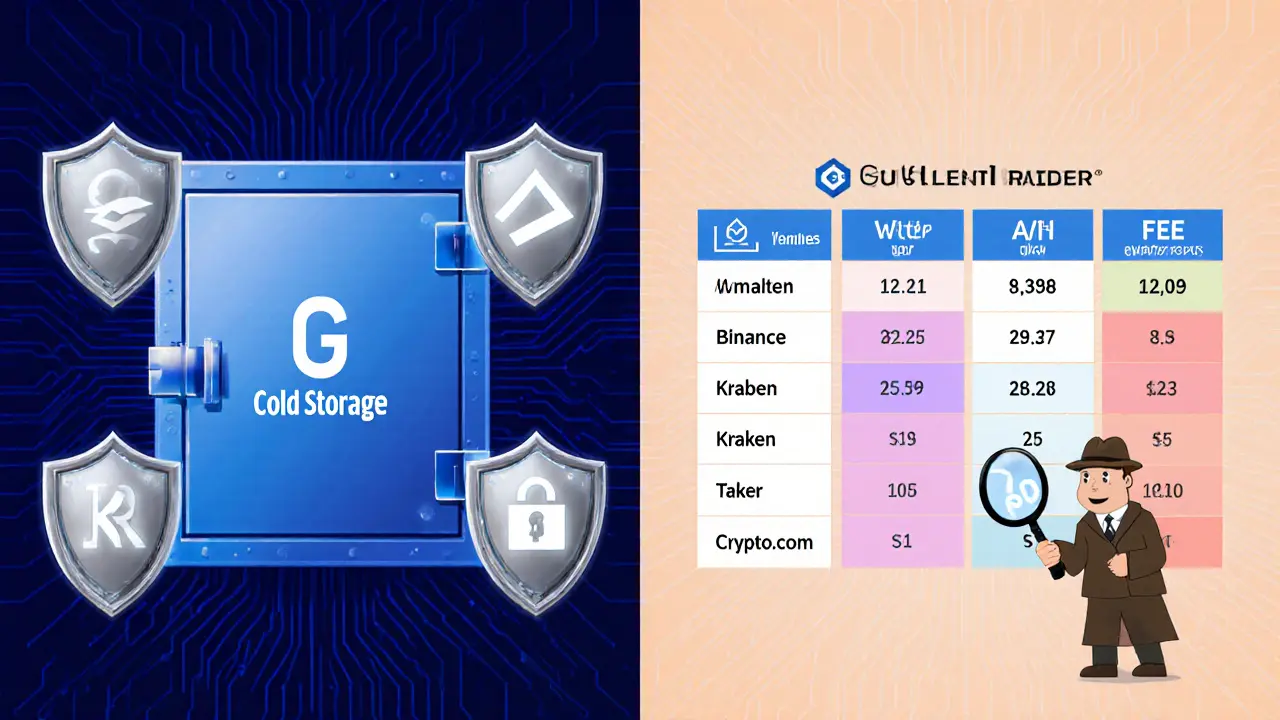
Supported Assets and Liquidity
GuldenTrader lists 80+ trading pairs, including the major coins (BTC, ETH, USDT) and a handful of niche altcoins like Solana (SOL) and Polygon (MATIC). Liquidity appears decent for the top 20 pairs, with average spreads under 0.5%. However, depth drops sharply beyond the top 10 coins, a pattern common for newer platforms. For a trader looking to dip into low‑cap assets, the exchange may not provide sufficient order‑book depth without causing price slippage.
Regulatory Position - What You Should Verify
Regulation is one of the biggest decision points in 2025. GuldenTrader’s website does not prominently display a licensing number or a jurisdiction‑specific compliance badge. There is a brief statement that the platform “adheres to global AML/KYC standards” and that users must submit ID verification before trading.
Without a clear regulator (e.g., FCA in the UK, FinCEN in the US, or MAS in Singapore), it’s hard to gauge the level of consumer protection. If you are a resident of a jurisdiction that requires exchanges to be registered, you may need to confirm directly with GuldenTrader’s compliance team before depositing large sums.
Customer Support and Community Presence
Support channels include 24/7 live chat, a ticket‑based email system, and a knowledge base of articles. Community engagement is limited to a Telegram group of roughly 1,200 members and a Reddit “r/GuldenTrader” subreddit with less than 500 posts. Users report mixed experiences: many cite quick resolutions for password issues, while others mention delayed replies for more complex matters like withdrawal holds.
One useful metric is the average response time recorded by third‑party monitoring tools (e.g., SupportIndex). As of July 2025, GuldenTrader’s live‑chat response averages 42 seconds, which is faster than the industry average of around 1 minute 15 seconds.
Pros and Cons - A Quick Reference
- Pros
- Low advertised trading fees (0.18% taker).
- Clean, beginner‑friendly UI with a “Pro” mode for advanced traders.
- Standard security features (2FA, cold storage).
- Fast live‑chat response times.
- Cons
- Limited public information on licensing and regulatory compliance.
- No publicly available third‑party security audit.
- Fee schedule lacks detailed tier breakdown.
- Liquidity thin for lower‑cap altcoins.
How to Get Started (If You Decide to Try It)
- Visit the official GuldenTrader website and click the “Sign Up” button.
- Enter your email, create a strong password, and confirm the verification link.
- Complete KYC by uploading a government‑issued ID and a selfie for facial verification.
- Enable two‑factor authentication through an authenticator app (Google Authenticator or Authy).
- Deposit cryptocurrency or supported fiat (via credit card or bank transfer). The platform currently accepts USD, EUR and GBP for fiat deposits.
- Navigate to the “Spot” market, select your desired trading pair, and place a market or limit order.
- Monitor your trade on the portfolio page and set stop‑loss or take‑profit alerts as needed.
Remember to start with a modest amount until you’re comfortable with the platform’s performance and security procedures.
Bottom Line - Should You Trust GuldenTrader?
If you prioritize low fees and a straightforward UI, GuldenTrader could be a suitable secondary exchange for everyday spot trades. However, the lack of transparent regulatory details and an independent security audit means you should treat it with the same caution you would any unproven platform. Pair it with a well‑established exchange for large‑scale or high‑risk trading, and keep the amount you store on GuldenTrader limited to what you’re willing to lose in a worst‑case scenario.
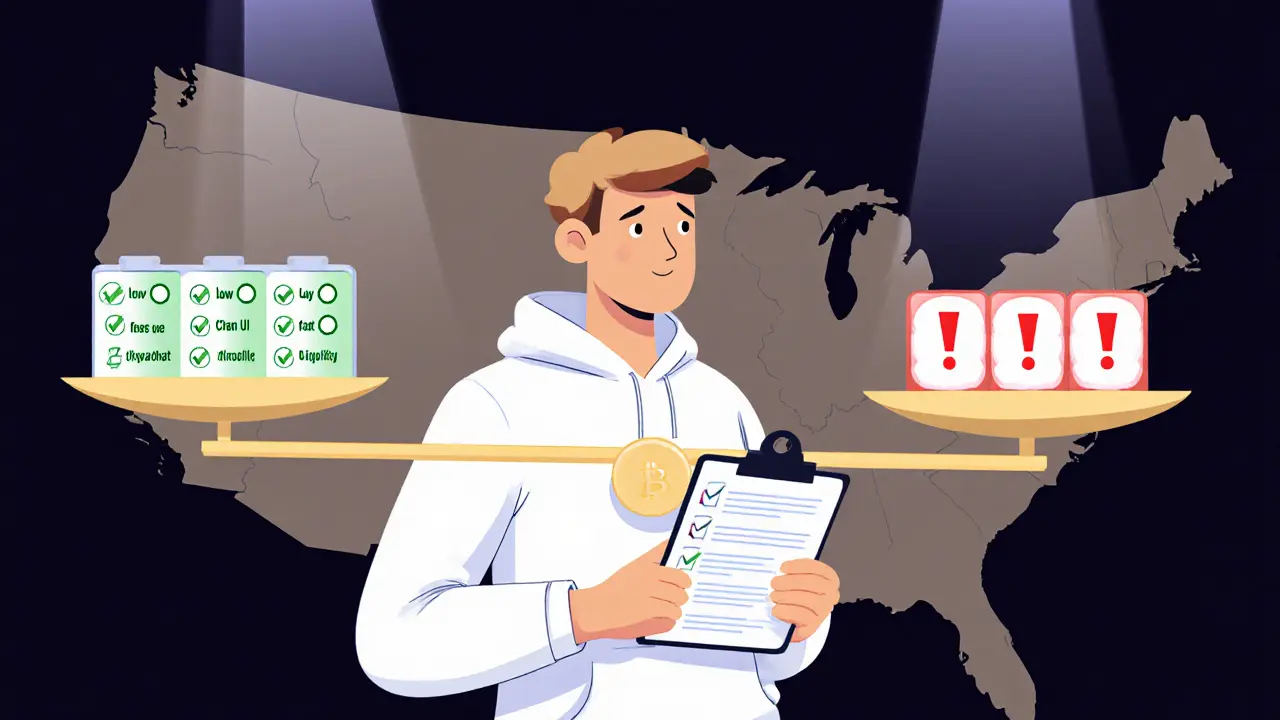
Frequently Asked Questions
Is GuldenTrader regulated?
The exchange states it follows AML/KYC procedures, but it does not list a specific licensing authority. Prospective users should contact GuldenTrader directly for proof of regulatory registration before depositing significant funds.
What security features does GuldenTrader provide?
Security measures include two‑factor authentication, withdrawal whitelists, AES‑256 encryption for personal data, and a majority of assets stored in cold wallets. No third‑party audit report is publicly available.
How much does GuldenTrader charge for spot trading?
The platform advertises a flat 0.18% taker fee and a slightly lower maker fee (around 0.16%). Detailed volume‑based discounts are not disclosed on the site.
Which cryptocurrencies can I trade on GuldenTrader?
Over 80 trading pairs are listed, covering major coins like Bitcoin (BTC), Ethereum (ETH), USDT and a selection of altcoins such as Solana (SOL), Polygon (MATIC) and Litecoin (LTC). Liquidity is strongest for the top 20 pairs.
How responsive is GuldenTrader’s customer support?
Live‑chat response times average under a minute, and email tickets are handled within 24‑48hours. Community feedback is mixed; some users report quick issue resolution, while others note slower replies for complex requests.






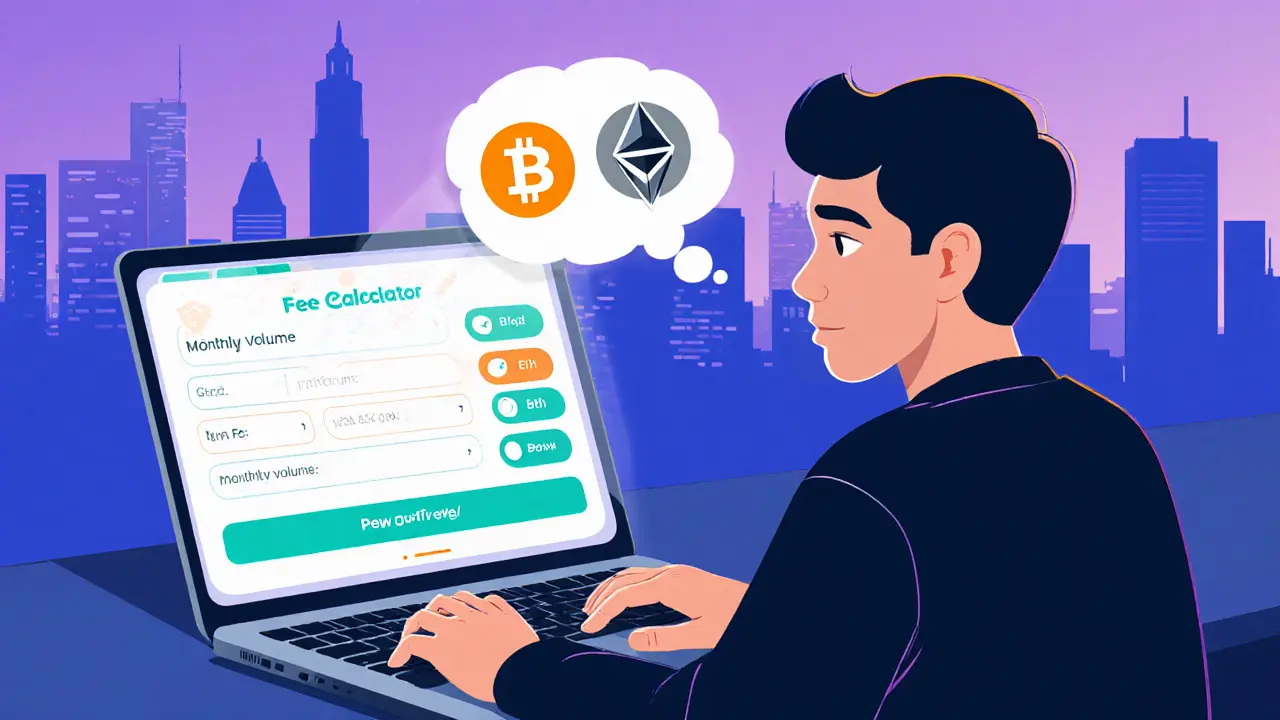
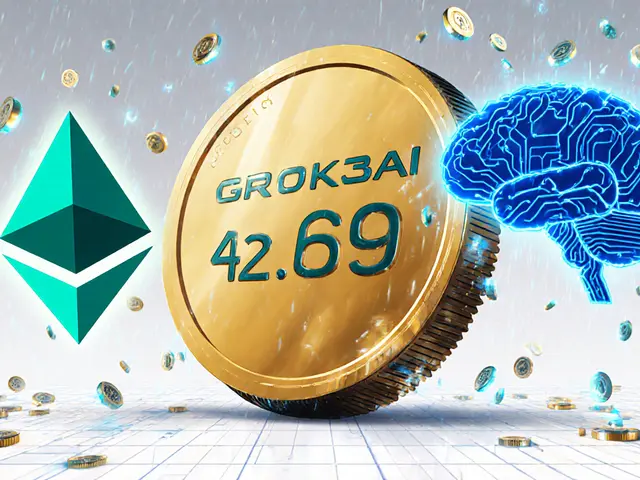
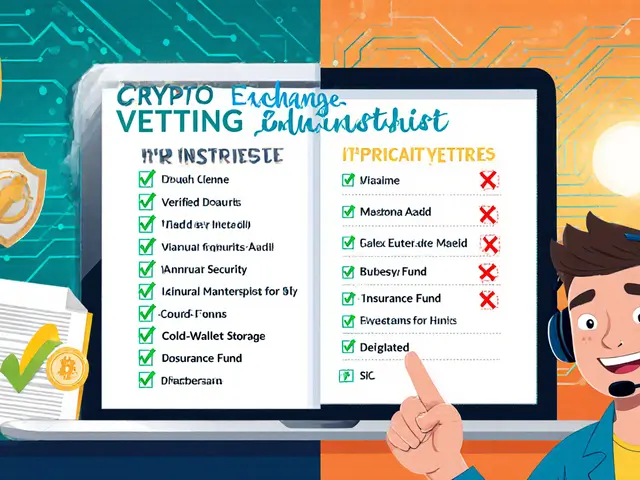
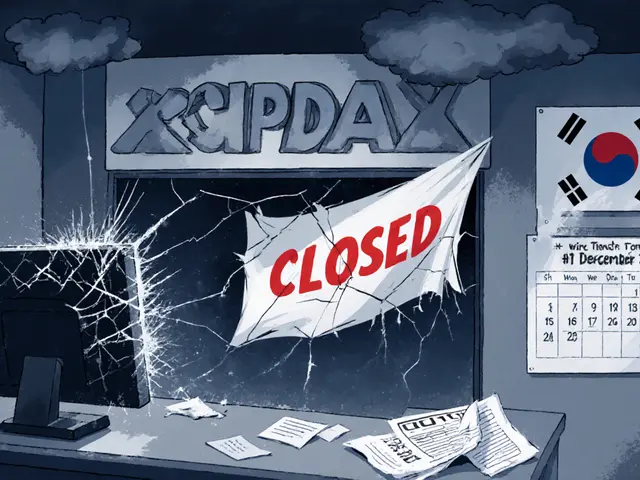
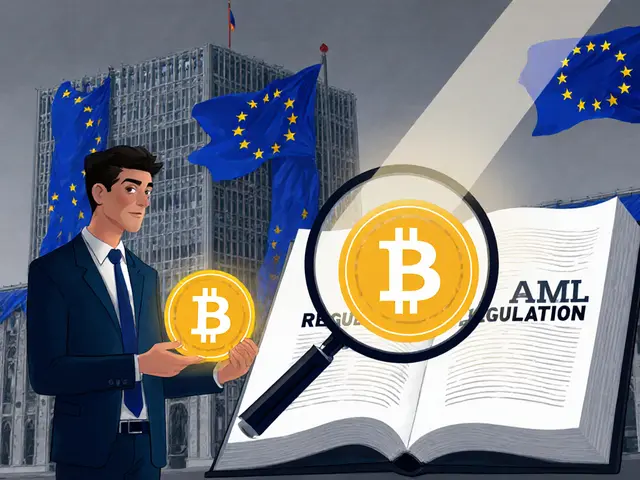

People Comments
GuldenTrader's fee structure, while appearing competitive at first glance, warrants a nuanced examination; the advertised 0.16 % maker and 0.18 % taker rates, for instance, sit comfortably between Binance's flat 0.10 % and Kraken's tiered 0.00 %–0.16 % maker schedule, yet they conceal several hidden variables. Firstly, volume‑based discounts, which are standard across major exchanges, can dramatically reshape the effective cost for high‑frequency traders; a monthly turnover exceeding $1 million often triggers a reduction to sub‑0.10 % levels, a caveat the review briefly mentions but does not quantify. Secondly, the platform's security protocols, including multi‑factor authentication and cold‑storage ratios, intersect with fee considerations because users may opt for lower‑risk custodial options that incur additional charges. Thirdly, liquidity depth on GuldenTrader can affect slippage, effectively augmenting the nominal fee, especially for less‑traded altcoins where order books are thin. Moreover, the user interface, while aesthetically clean, suffers from occasional latency spikes during peak trading windows, a factor that can indirectly increase costs by forcing users to place multiple orders. In terms of compliance, GuldenTrader adheres to KYC/AML standards, a necessary expense that is often absorbed into the fee model; however, this also introduces longer onboarding times, potentially deterring rapid market entry. The exchange’s API, praised for its comprehensive documentation, nonetheless imposes rate limits that can be restrictive for algorithmic traders, prompting some to purchase premium access-a cost not reflected in the base fee schedule. Finally, the comparison table omits emerging competitors such as Bybit and OKX, whose promotional fee structures can undercut GuldenTrader by a few basis points, especially for market makers. Altogether, while the headline percentages are appealing, the true cost of trading on GuldenTrader is a composite of explicit fees, hidden discounts, security premiums, and operational overhead, all of which merit careful calculation before committing significant capital.
In truth, the so‑called “competitive” rates are merely marketing fluff, and the platform’s hidden charges render it a sub‑par choice for serious traders; the lack of transparent discount tiers is especially egregious.
It’s good to see a balanced breakdown of fees and security features, and the inclusion of a fee calculator helps newcomers estimate costs more accurately; however, users should still verify real‑world execution prices before committing large volumes.
Sure, because everyone loves reading dense tables, right?
Ah, the drama of crypto exchanges! GuldenTrader struts onto the stage with gleaming percentages, yet beneath the spotlight it hides a maze of fine print; the elegance of its UI may coax the casual investor, but the seasoned trader will sniff out the subtle fee cliffs lurking in the shadows.
While your poetic flair is noted, the factual inaccuracies concerning discount structures merit correction; the platform’s documentation explicitly states that volume‑based reductions commence at $500 k, not $1 M, thereby affecting the comparative analysis presented.
Looking at the broader picture, GuldenTrader’s approach to security-employing both hardware wallets for cold storage and layered authentication-mirrors industry standards, which is reassuring for risk‑averse users; at the same time, the exchange’s commitment to regulatory compliance, evident in its thorough KYC process, can instill confidence despite the added onboarding friction.
Great insights! 👍 Keep it up!
GuldenTrader is a solid choice for American traders who value US‑based support and straightforward fee schedules.
From a technical standpoint, the exchange’s fee algorithm utilizes a tiered linear decrement model, wherein each incremental 0.02 % reduction corresponds to a $250 k increase in 30‑day trading volume; this granular structure aligns with the micro‑pricing strategies prevalent among institutional liquidity providers, thereby offering a competitive edge over flat‑rate counterparts.
For anyone still on the fence, consider that the platform’s educational resources, including webinars and detailed FAQs, can accelerate your learning curve; combining these tools with the fee calculator allows for a data‑driven decision, minimizing unexpected cost overruns; moreover, the community forums provide peer‑to‑peer insights that often reveal real‑world execution nuances not captured in official documentation; staying engaged with these discussions can significantly enhance your overall trading efficacy; finally, remember that no exchange is perfect, but GuldenTrader’s blend of usability and security makes it a worthy contender in the 2025 landscape.
Indeed, the user‑experience design shines, especially the responsive charting widgets that adapt seamlessly to both desktop and mobile browsers-truly a dramatic improvement over legacy platforms! 👏
American users will appreciate the localized support and the fact that GuldenTrader processes withdrawals in USD without excessive conversion fees.
The platform’s overemphasis on fiat convenience overlooks the rising demand for native token staking, which many competitors now offer as a core feature; this omission diminishes its appeal to forward‑looking investors.
It’s encouraging to see that GuldenTrader continues to refine its user interface, making it more approachable for newcomers while retaining the depth required by seasoned traders.
While the UI enhancements are evident, a deeper dive into the latency metrics during peak market hours would provide a more comprehensive assessment of performance reliability.
Nice overview, very helpful.
Thanks for the kind words! I’d add that the platform’s color‑coded fee tiers make it easy to visualize cost reductions at a glance, and the interactive tutorial videos break down complex concepts into bite‑sized lessons, which is especially valuable for those just stepping into crypto trading.
GuldenTrader’s aggressive marketing really puts it on the map, but users should still do their homework.
Honestly, the hype is overblown; many local exchanges offer lower fees and better regional support without the flashy ads.
In conclusion, while GuldenTrader presents a respectable fee structure and robust security measures, prospective traders must weigh these advantages against latency considerations, hidden discount thresholds, and the competitive landscape; a thorough personal cost‑benefit analysis, supplemented by community feedback, will ensure an informed decision; ultimately, the exchange's blend of usability and compliance positions it as a viable option in 2025, provided users remain vigilant.